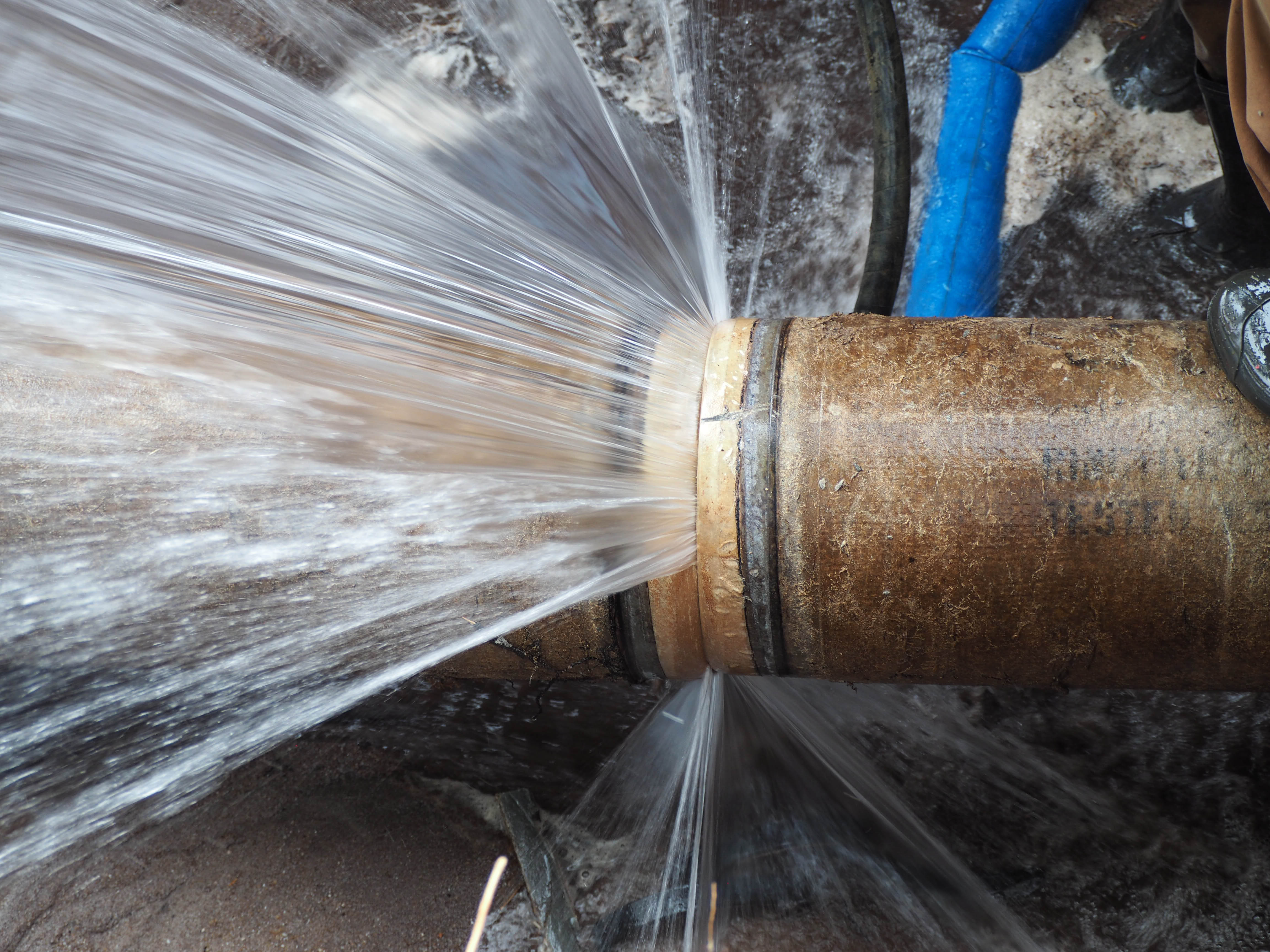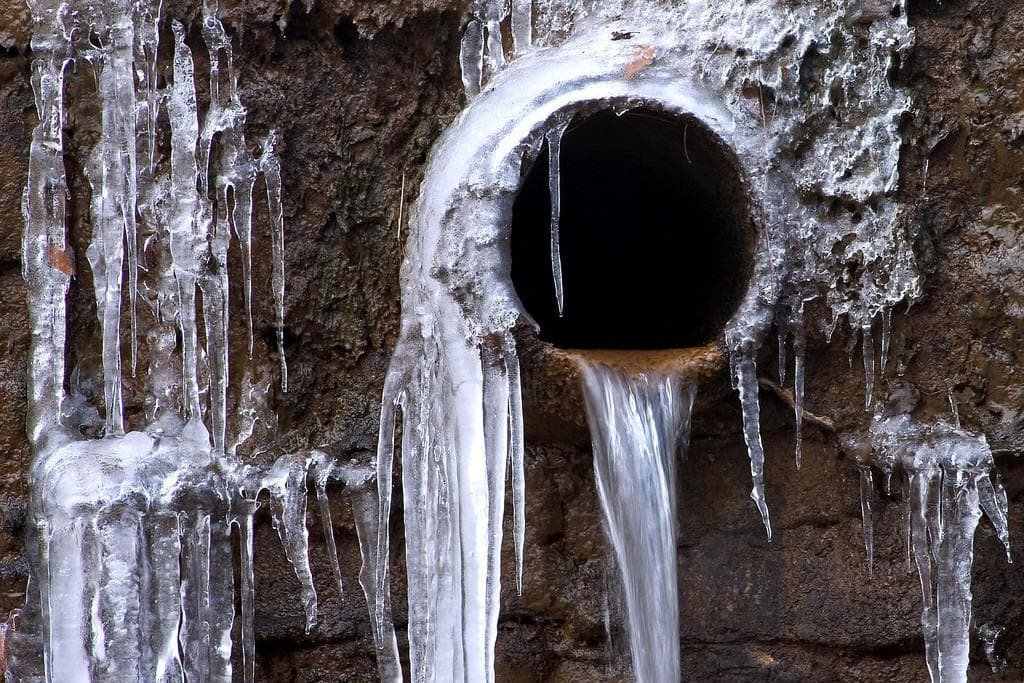Safeguarding Your Pipes from Cold Weather Damage: Essential Tips
Safeguarding Your Pipes from Cold Weather Damage: Essential Tips
Blog Article
The author is making several good points related to How to Prevent Your Pipes From Freezing as a whole in this post just below.

Cold weather can wreak havoc on your plumbing, particularly by freezing pipes. Here's just how to stop it from occurring and what to do if it does.
Introduction
As temperatures decline, the threat of frozen pipes increases, possibly bring about expensive repair work and water damages. Understanding exactly how to avoid icy pipes is vital for house owners in cold environments.
Comprehending Frozen Pipelines
What creates pipelines to freeze?
Pipes ice up when revealed to temperature levels below 32 ° F (0 ° C) for expanded durations. As water inside the pipes ices up, it increases, putting pressure on the pipe wall surfaces and potentially causing them to break.
Dangers and damages
Frozen pipelines can result in water supply interruptions, residential property damage, and pricey repair work. Ruptured pipes can flooding homes and cause considerable structural damages.
Indications of Frozen Water Lines
Recognizing icy pipelines early can prevent them from breaking.
How to identify frozen pipes
Try to find lowered water flow from taps, unusual odors or noises from pipes, and visible frost on exposed pipes.
Prevention Tips
Insulating vulnerable pipelines
Cover pipelines in insulation sleeves or utilize heat tape to protect them from freezing temperature levels. Concentrate on pipes in unheated or exterior locations of the home.
Heating methods
Keep indoor areas effectively heated up, especially locations with plumbing. Open up cupboard doors to permit cozy air to circulate around pipelines under sinks.
Securing Outside Plumbing
Yard hose pipes and outside taps
Separate and drain pipes yard pipes prior to winter months. Set up frost-proof spigots or cover outside faucets with shielded caps.
What to Do If Your Pipes Freeze
Immediate activities to take
If you think icy pipes, maintain faucets open to eliminate pressure as the ice thaws. Make use of a hairdryer or towels soaked in warm water to thaw pipelines slowly.
Long-Term Solutions
Architectural changes
Consider rerouting pipelines far from exterior walls or unheated areas. Add additional insulation to attic rooms, cellars, and crawl spaces.
Upgrading insulation
Invest in top notch insulation for pipelines, attic rooms, and wall surfaces. Proper insulation helps maintain regular temperatures and reduces the risk of frozen pipes.
Conclusion
Avoiding frozen pipes requires proactive measures and fast responses. By recognizing the reasons, indications, and preventive measures, home owners can secure their plumbing throughout cold weather.
5 Ways to Prevent Frozen Pipes
Drain Outdoor Faucets and Disconnect Hoses
First, close the shut-off valve that controls the flow of water in the pipe to your outdoor faucet. Then, head outside to disconnect and drain your hose and open the outdoor faucet to allow the water to completely drain out of the line. Turn off the faucet when done. Finally, head back to the shut-off valve and drain the remaining water inside the pipe into a bucket or container. Additionally, if you have a home irrigation system, you should consider hiring an expert to clear the system of water each year.
Insulate Pipes
One of the best and most cost-effective methods for preventing frozen water pipes is to wrap your pipes with insulation. This is especially important for areas in your home that aren’t exposed to heat, such as an attic. We suggest using foam sleeves, which can typically be found at your local hardware store.
Keep Heat Running at 65
Your pipes are located inside your walls, and the temperature there is much colder than the rest of the house. To prevent your pipes from freezing, The Insurance Information Institute suggests that you keep your home heated to at least 65 degrees, even when traveling. You may want to invest in smart devices that can keep an eye on the temperature in your home while you’re away.
Leave Water Dripping
Moving water — even a small trickle — can prevent ice from forming inside your pipes. When freezing temps are imminent, start a drip of water from all faucets that serve exposed pipes. Leaving a few faucets running will also help relieve pressure inside the pipes and help prevent a rupture if the water inside freezes.
Open Cupboard Doors
Warm your kitchen and bathroom pipes by opening cupboards and vanities. You should also leave your interior doors ajar to help warm air circulate evenly throughout your home.

I discovered that blog entry about Prevent Frozen Pipes when doing a search on the search engines. Do you know another individual who is sincerely interested in the subject? Be sure promote it. I enjoy reading our article about 6 Ways to Prevent Frozen Pipes.
Click Here Report this page